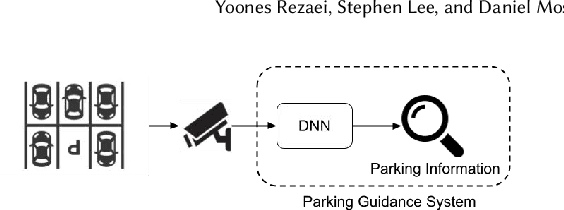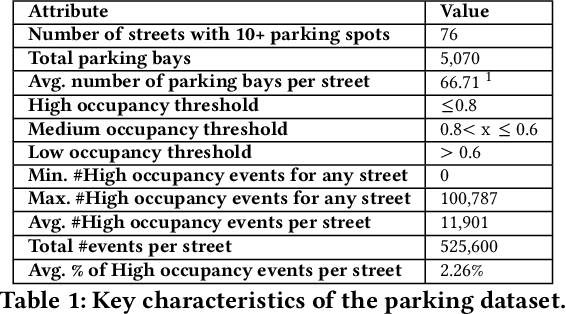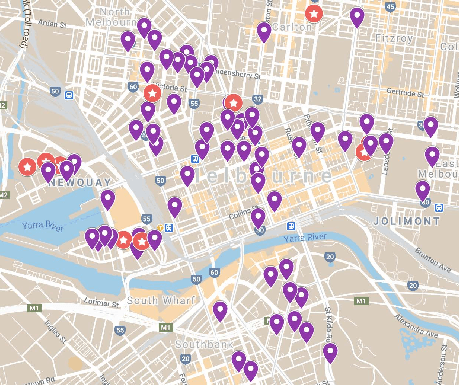Daniel Mosse
Learning to Rank Graph-based Application Objects on Heterogeneous Memories
Nov 04, 2022Abstract:Persistent Memory (PMEM), also known as Non-Volatile Memory (NVM), can deliver higher density and lower cost per bit when compared with DRAM. Its main drawback is that it is typically slower than DRAM. On the other hand, DRAM has scalability problems due to its cost and energy consumption. Soon, PMEM will likely coexist with DRAM in computer systems but the biggest challenge is to know which data to allocate on each type of memory. This paper describes a methodology for identifying and characterizing application objects that have the most influence on the application's performance using Intel Optane DC Persistent Memory. In the first part of our work, we built a tool that automates the profiling and analysis of application objects. In the second part, we build a machine learning model to predict the most critical object within large-scale graph-based applications. Our results show that using isolated features does not bring the same benefit compared to using a carefully chosen set of features. By performing data placement using our predictive model, we can reduce the execution time degradation by 12\% (average) and 30\% (max) when compared to the baseline's approach based on LLC misses indicator.
Energy-Efficient Parking Analytics System using Deep Reinforcement Learning
Feb 15, 2022



Abstract:Advances in deep vision techniques and ubiquity of smart cameras will drive the next generation of video analytics. However, video analytics applications consume vast amounts of energy as both deep learning techniques and cameras are power-hungry. In this paper, we focus on a parking video analytics platform and propose RL-CamSleep, a deep reinforcement learning-based technique, to actuate the cameras to reduce the energy footprint while retaining the system's utility. Our key insight is that many video-analytics applications do not always need to be operational, and we can design policies to activate video analytics only when necessary. Moreover, our work is complementary to existing work that focuses on improving hardware and software efficiency. We evaluate our approach on a city-scale parking dataset having 76 streets spread across the city. Our analysis demonstrates how streets have various parking patterns, highlighting the importance of an adaptive policy. Our approach can learn such an adaptive policy that can reduce the average energy consumption by 76.38% and achieve an average accuracy of more than 98% in performing video analytics.
 Add to Chrome
Add to Chrome Add to Firefox
Add to Firefox Add to Edge
Add to Edge